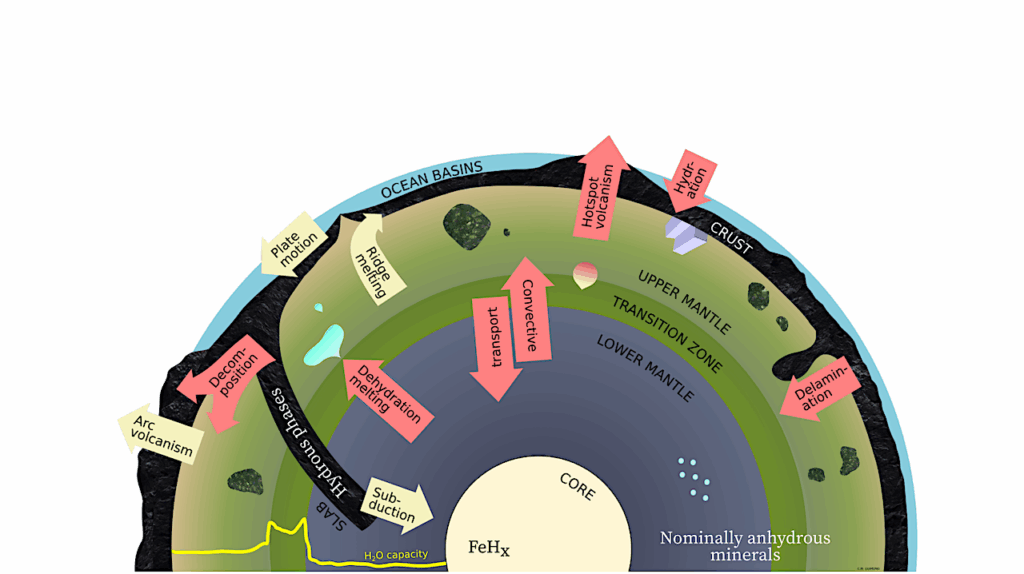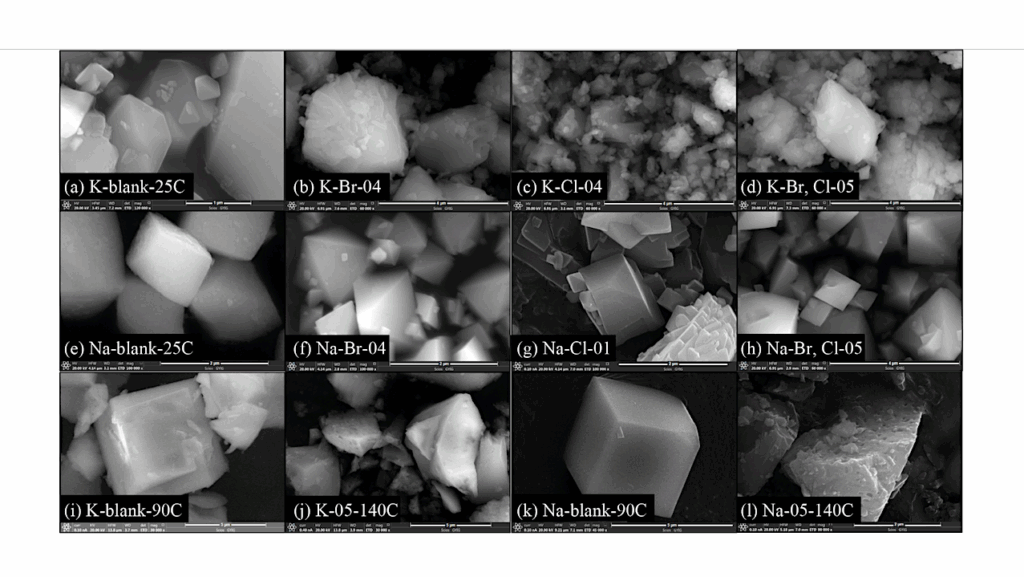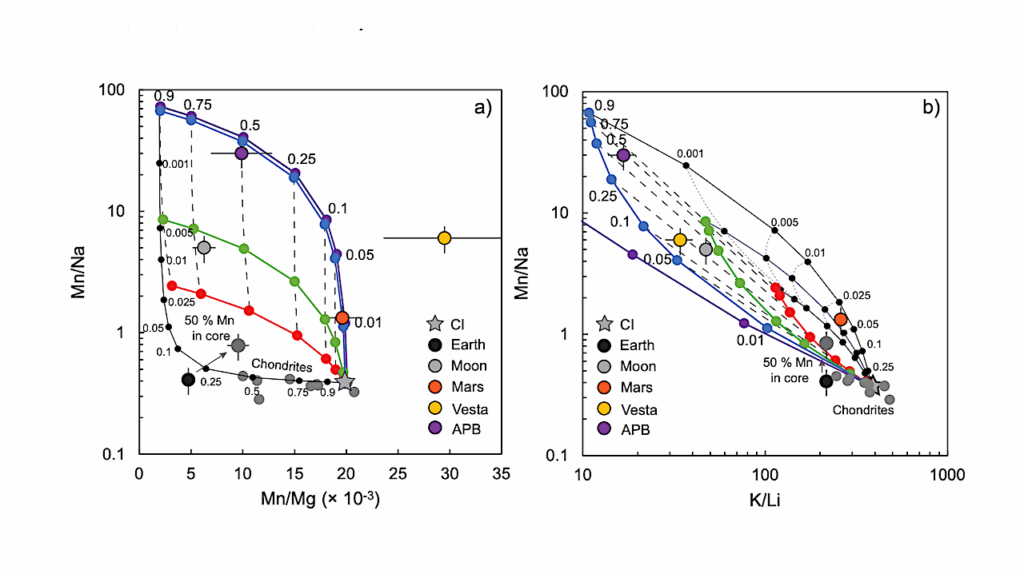Spin Evolution Of Venus-like Planets Subjected To Gravitational And Thermal Tides

The arrival of powerful instruments will provide valuable data for the characterization of rocky exoplanets. It is then crucial to accurately model the dynamical state of exoplanets.
Rocky planets with sufficiently large orbits should have non-zero eccentricities and/or obliquities. Realistic models of tides for rocky planets can allow for higher spin states than the synchronization state in the presence of eccentricities or obliquities. This work explores the secular evolution of a star-planet system under tidal interactions, both gravitational and thermal, induced respectively by the quadrupolar component of the gravitational potential and the irradiation of the planet’s surface.
We use the formalism of Kaula associated with an Andrade rheology to model a relevant response of a rocky planet to gravitational tides and a prescription of thermal tides fitted for Venus to model the response of the atmosphere to the thermal tides. We implemented the general secular evolution equations of tidal interactions in the secular code ESPEM (French acronym for Evolution of Planetary System and Magnetism).
We show the possible spin-orbit evolution and resonances for eccentric orbits and explore the possible spin orbit resonances raised by the obliquity of the planet. Our simulations have shown that the secular evolution of the spin and obliquity can lead to the retrograde spin of the Venus-like planet if the system starts from a high spin obliquity, in agreement to previous studies. Taking into account the luminosity evolution of the Sun changes the picture.
We find that the planet never reaches the equilibrium: the timescale of rotation evolution is longer than the luminosity variation timescale, which suggests that Venus may never reach a spin equilibrium state but may still evolve.
Alexandre Revol, Émeline Bolmont, Gabriel Tobie, Caroline Dumoulin, Yann Musseau, Stéphane Mathis, Antoine Strugarek, Allan-Sacha Brun
Comments: 19 pages, 16 figues
Subjects: Earth and Planetary Astrophysics (astro-ph.EP)
Cite as: arXiv:2303.00084 [astro-ph.EP](or arXiv:2303.00084v1 [astro-ph.EP] for this version)
Submission history
From: Alexandre Revol
[v1] Tue, 28 Feb 2023 21:02:21 UTC (22,008 KB)
https://arxiv.org/abs/2303.00084
Astrobiology,








